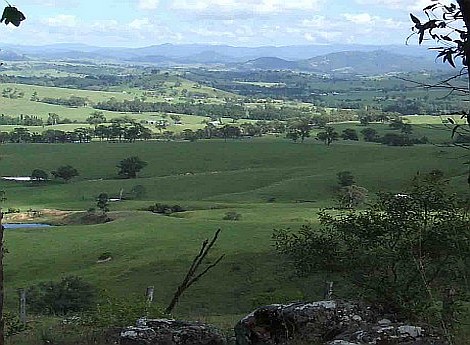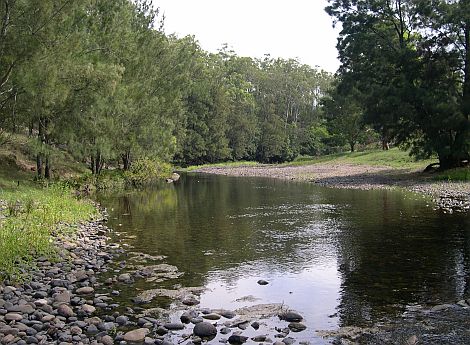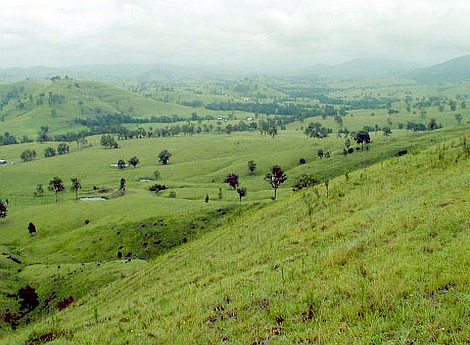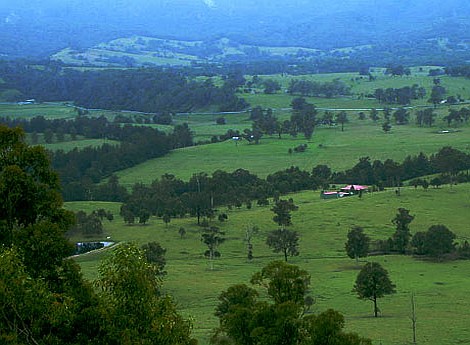Technology is the key to wiser water
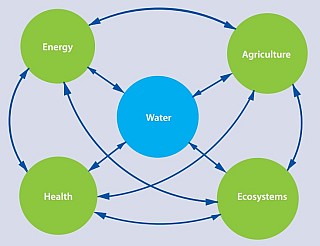 Water holds the key to Australia’s long-term productivity and quality of life based on technological innovation and scientific advances, according to a report on water management by the Australian Academy of Technological Sciences and Engineering (ATSE – is made up of some of Australia’s leading thinkers in technology and engineering). The report favours the idea of creating drinking water supplies through recycled water through innovative water treatment processes. The report maintains that Australia is able to adapt to future challenges through fostering the principles of green growth – improving productivity and economic prosperity as well as improved environmental and social outcomes.
Water holds the key to Australia’s long-term productivity and quality of life based on technological innovation and scientific advances, according to a report on water management by the Australian Academy of Technological Sciences and Engineering (ATSE – is made up of some of Australia’s leading thinkers in technology and engineering). The report favours the idea of creating drinking water supplies through recycled water through innovative water treatment processes. The report maintains that Australia is able to adapt to future challenges through fostering the principles of green growth – improving productivity and economic prosperity as well as improved environmental and social outcomes.
The report argues that the ‘public-good’ nature of water justifies government support for research and development (r&D), in the water sector, including driving innovation, increased efficiency and productivity. The 16 recommendations in the report are:
1. COAG facilitate the uptake of green growth principles in water policy development.
2. Investment decisions by water authorities should be based on balanced social, economic and environmental analysis, informed by sound scientific advice and implemented through transparent and contestable processes.
3. Governments should ensure that externalities such as greenhouse-gas emissions, land degradation and water use and pollution are priced into goods and services wherever possible, to provide market signals to improve environmental and social outcomes.
4. Governments should encourage investment and uptake of energy-efficient and flexible water supply options such as water grids and decentralised systems which increase efficiency and productivity and reduce environmental impacts.
5. Government should support innovation in water management in order to accelerate the development and uptake of technologies leading to greater efficiency in supply and use.
6. Government policy development should take a holistic approach, recognising the multiple roles and interdependencies of water within the Australian economy, environment and society.
7. A portfolio approach to investments in water sources and management strategies should be fostered by all governments to provide resilience to natural climate variability, anticipated changes in rain-fed supply arising from climate change, and growing demand. Government planning should include managing for high risk, catastrophic events.
8. Where additional drinking water supplies are required, desalination, as well as recycled wastewater and treated stormwater for potable use, should be considered based on their economic, environmental and social merits. A multi-barrier approach should be adopted to maintain primacy for the protection of human health.
9. A long-term participatory public awareness program should be undertaken to address negative community perceptions of recycled wastewater and treated stormwater and to assist public acceptance of potable recycling.
10. Cross-subsidies within and between economic sectors should be minimised and price signals improved to reflect the true cost, and value, of water. Where subsidies are provided, their cost and rationale should be transparently communicated to stakeholders.
11. Water and energy policies should recognise the interdependencies between these and other industry sectors and subsidies that distort price signals on the true value of water should be eliminated.
12. The next iteration of the National Water Initiative should extend water markets to include energy and land use changes including mining and extraction.
13. The next iteration of the National Water Initiative should continue to address and eliminate policy barriers to efficient water markets – including rural-urban transfers and potable use of recycled water.
14. Water and energy pricing policy should not distort the transmission of price signals to all water users and any adverse social impacts should be addressed by social policy.
15. A national R&D strategy for water, recognising its multiple roles and importance across the Australian economy, should be developed and its components prioritised.
16. Public funding should be provided for public-good research and support for commercialisation of emerging technologies to improve the efficiency of water use and improve environmental outcomes.
Also see this review of the report.

